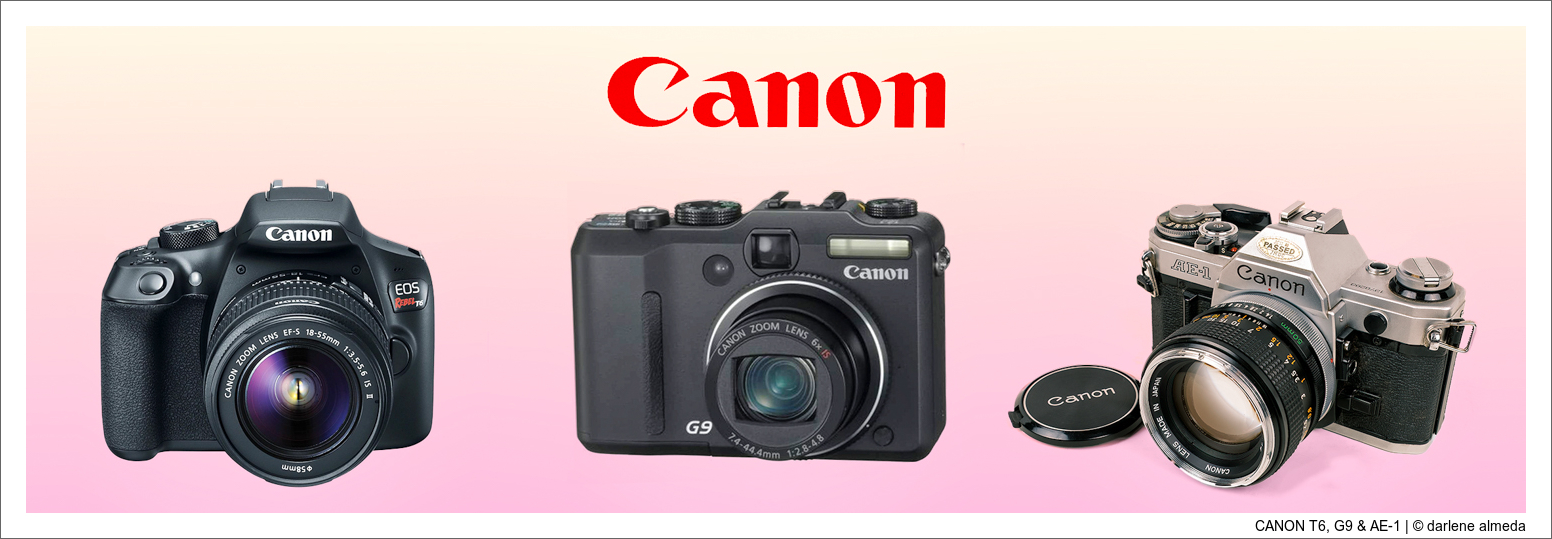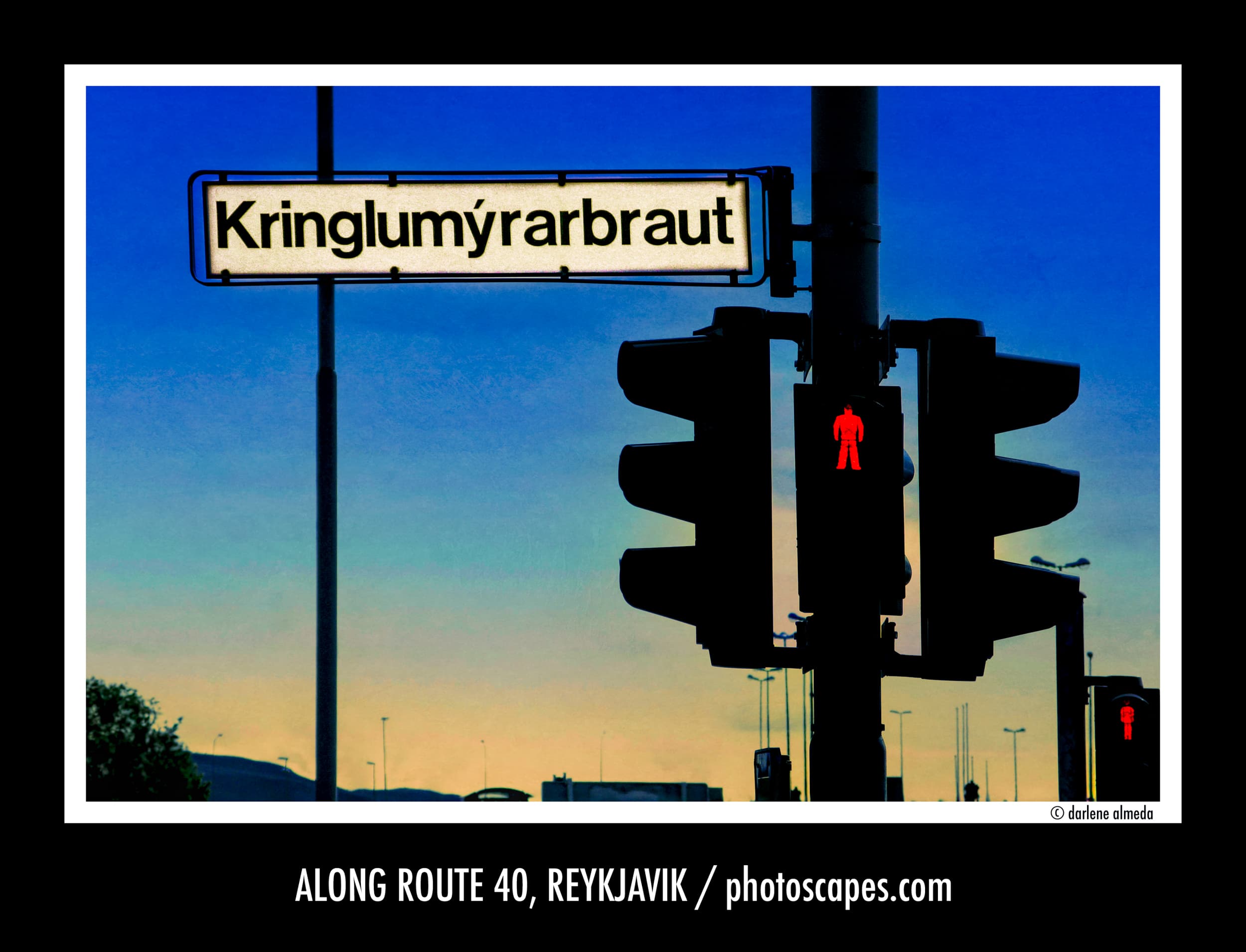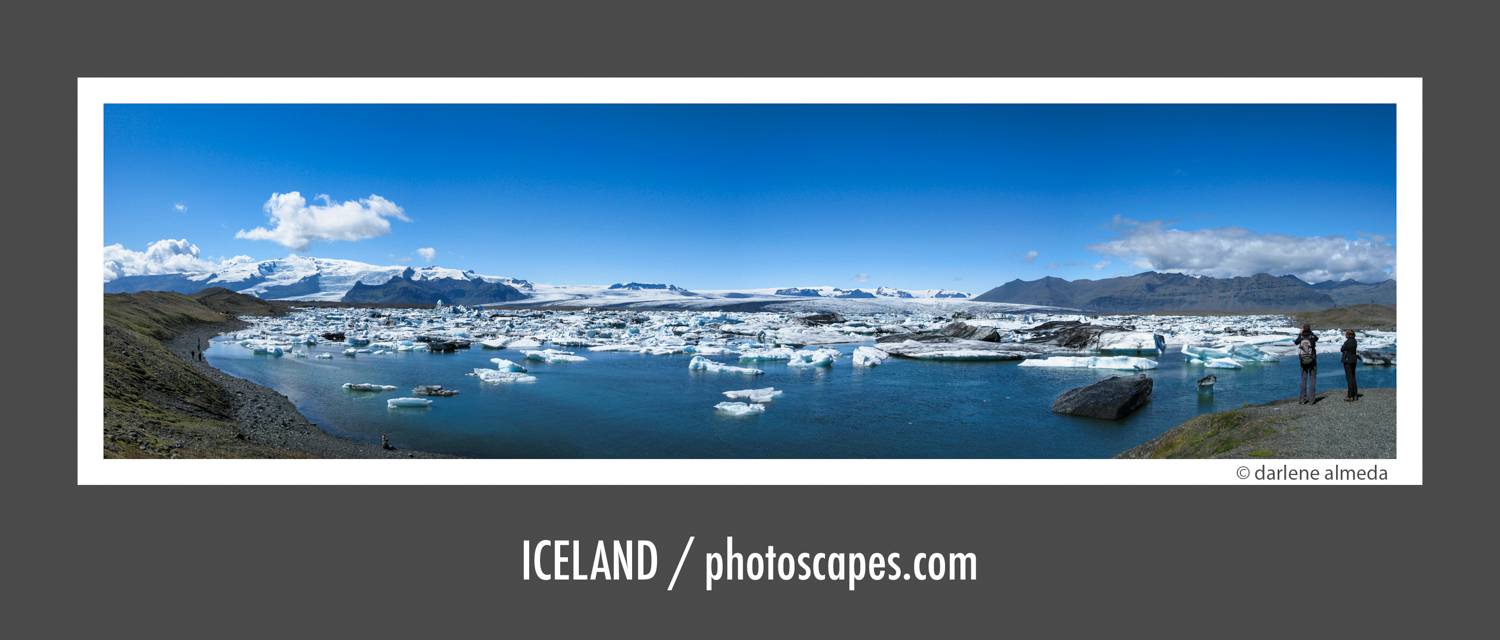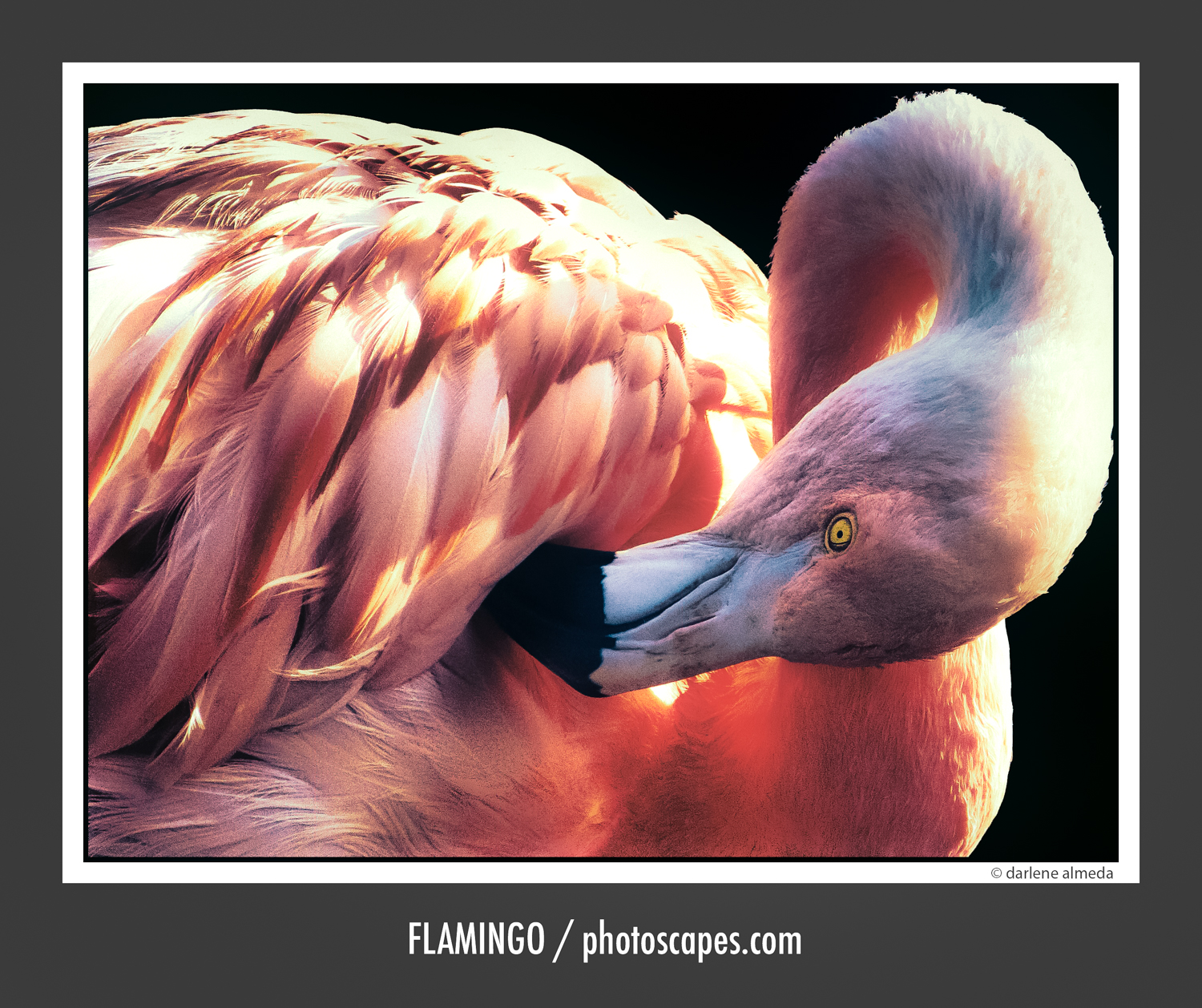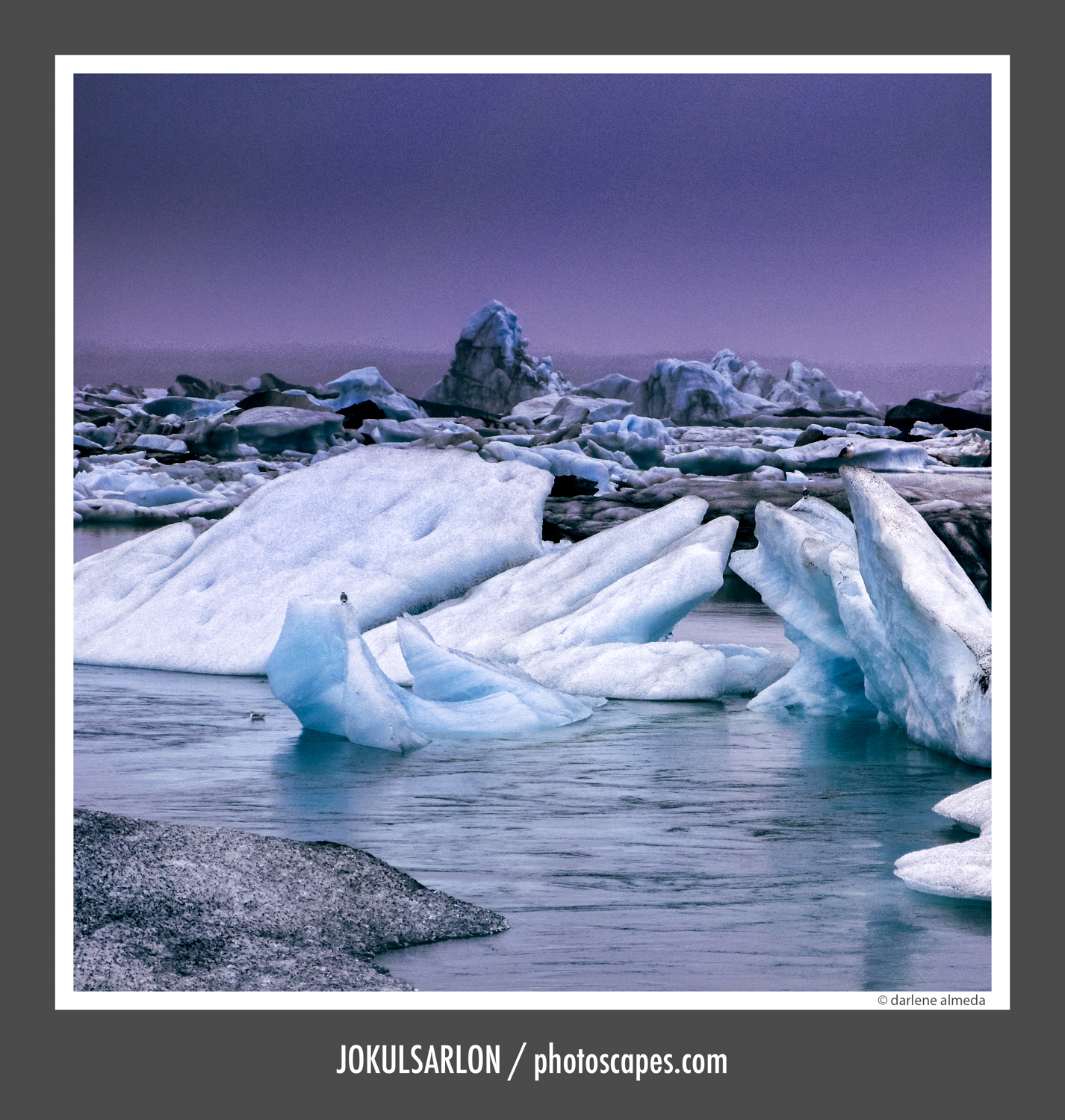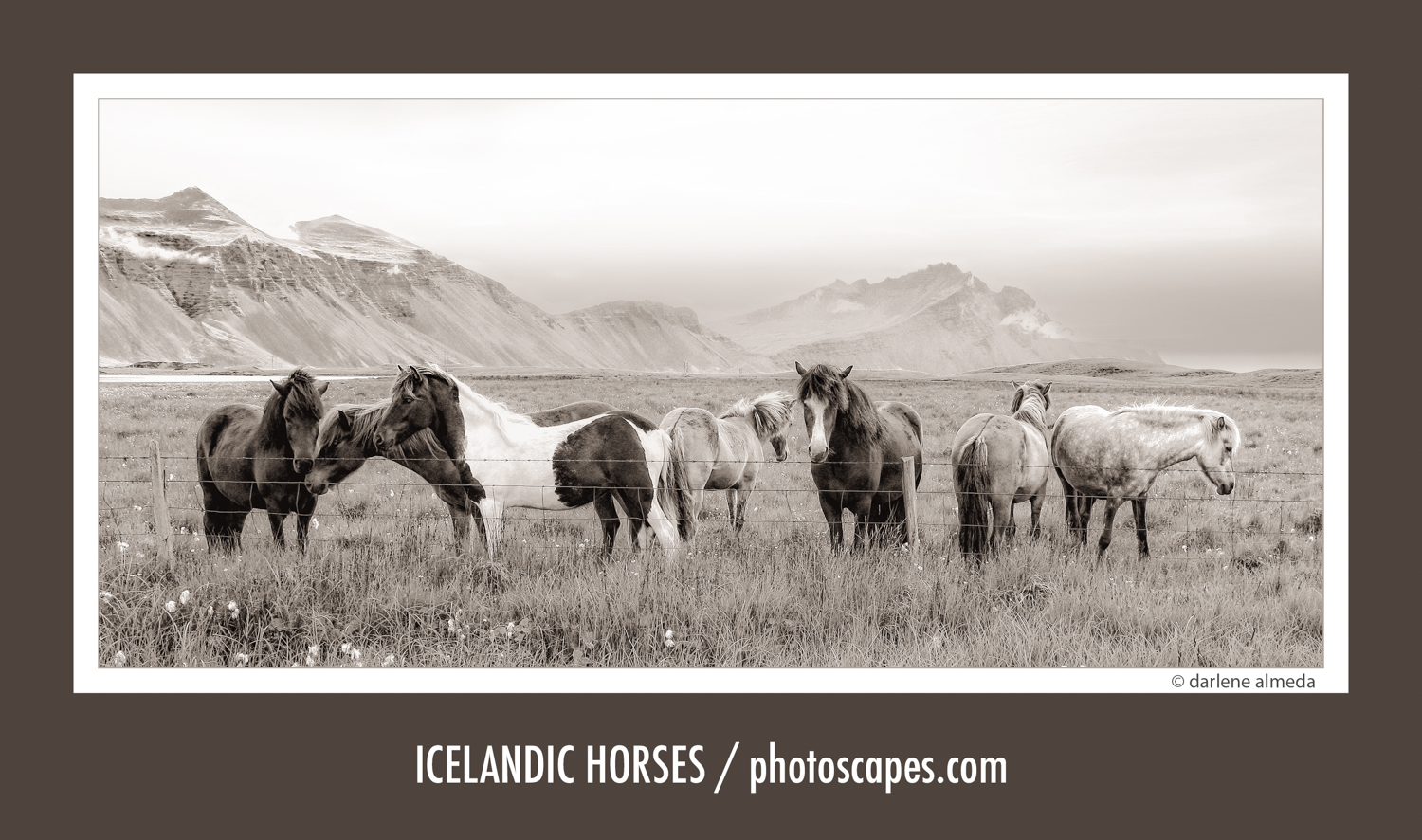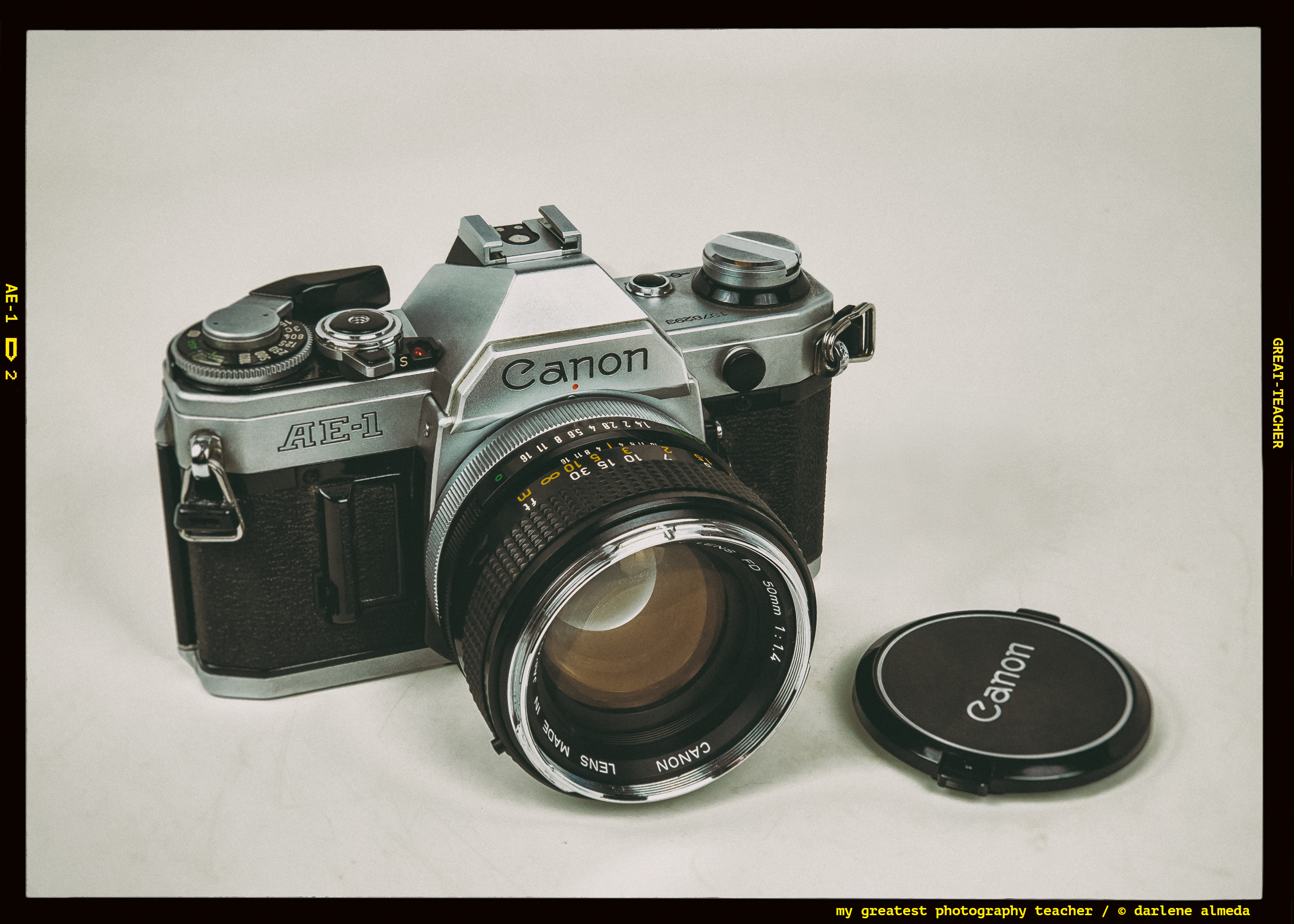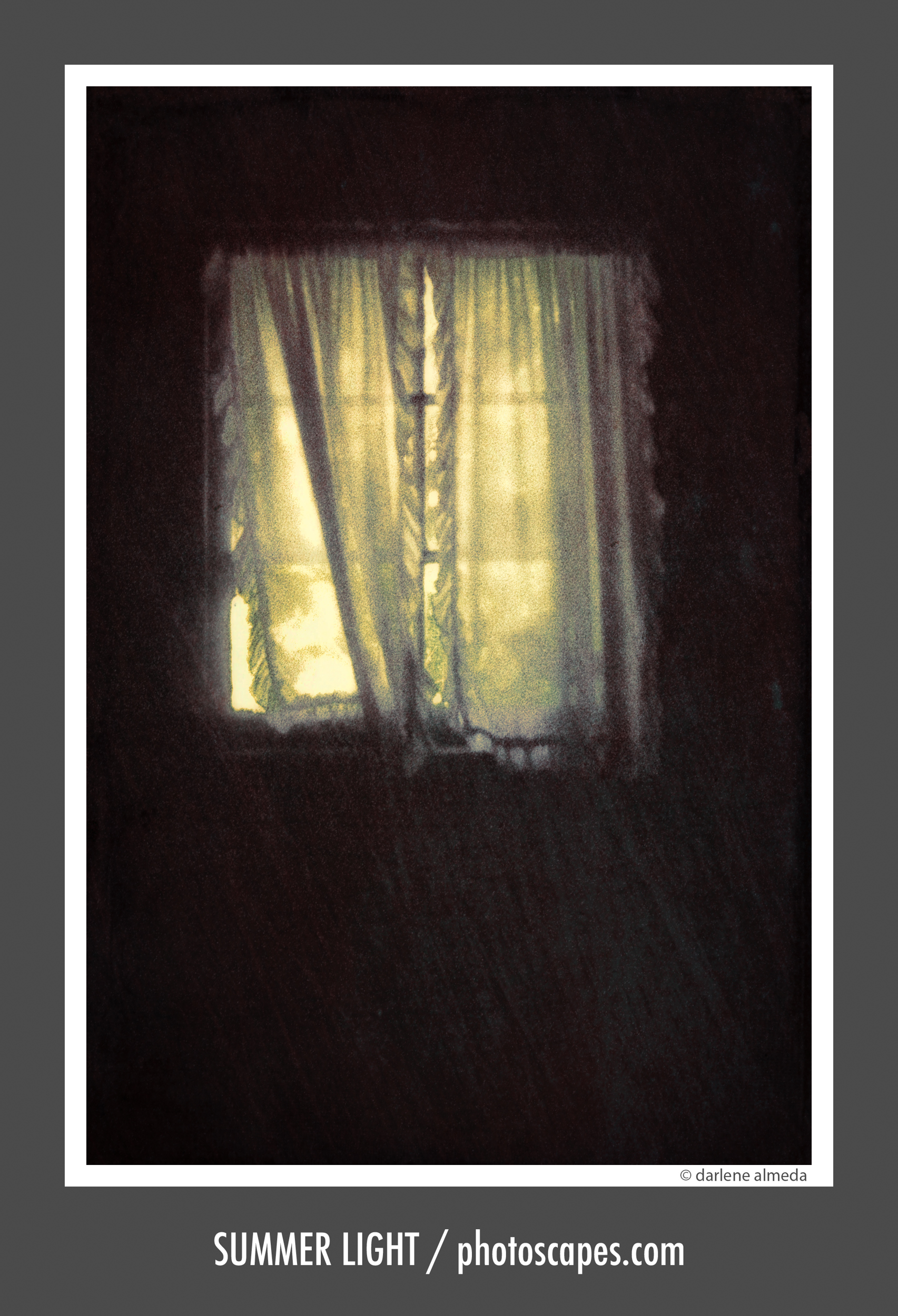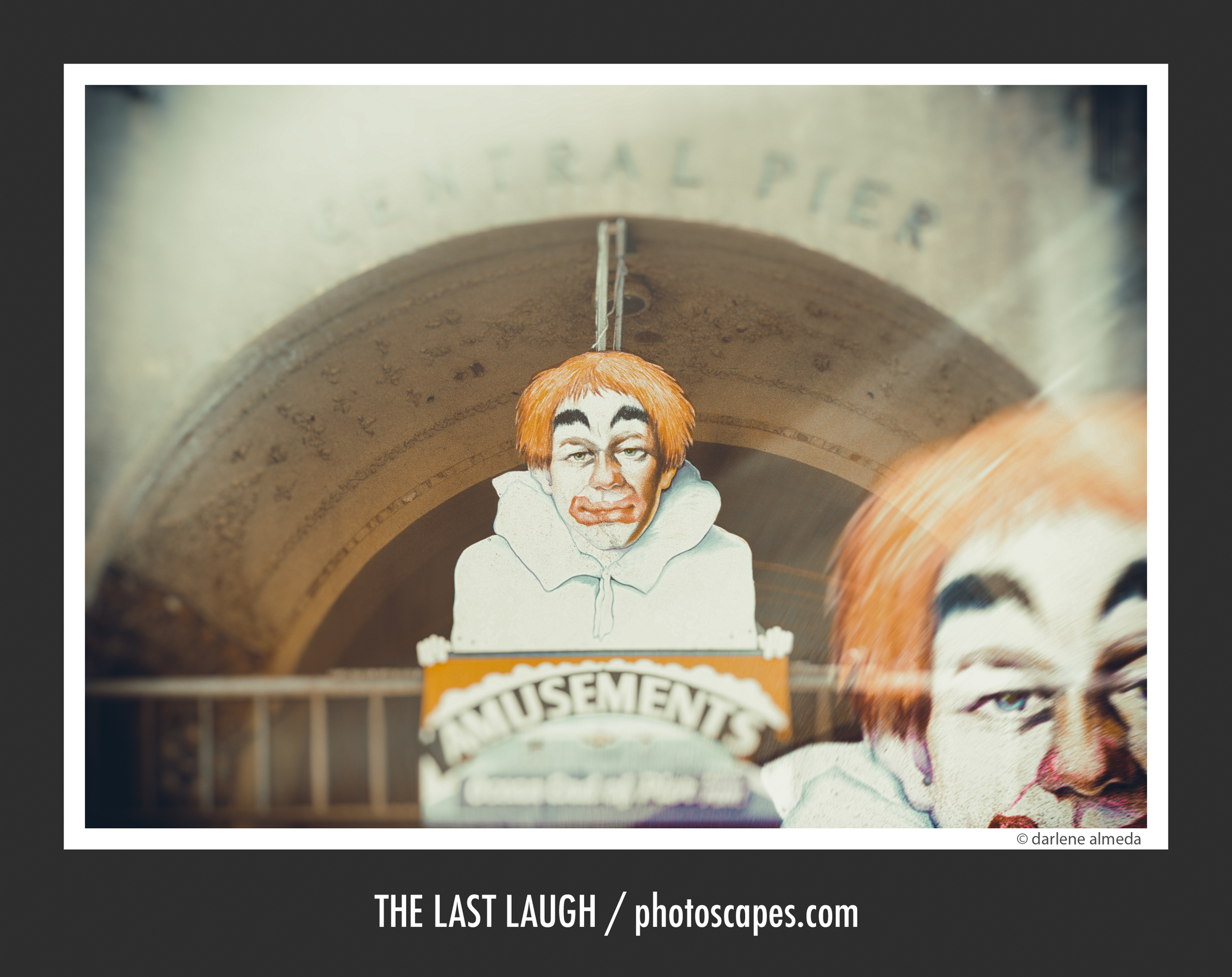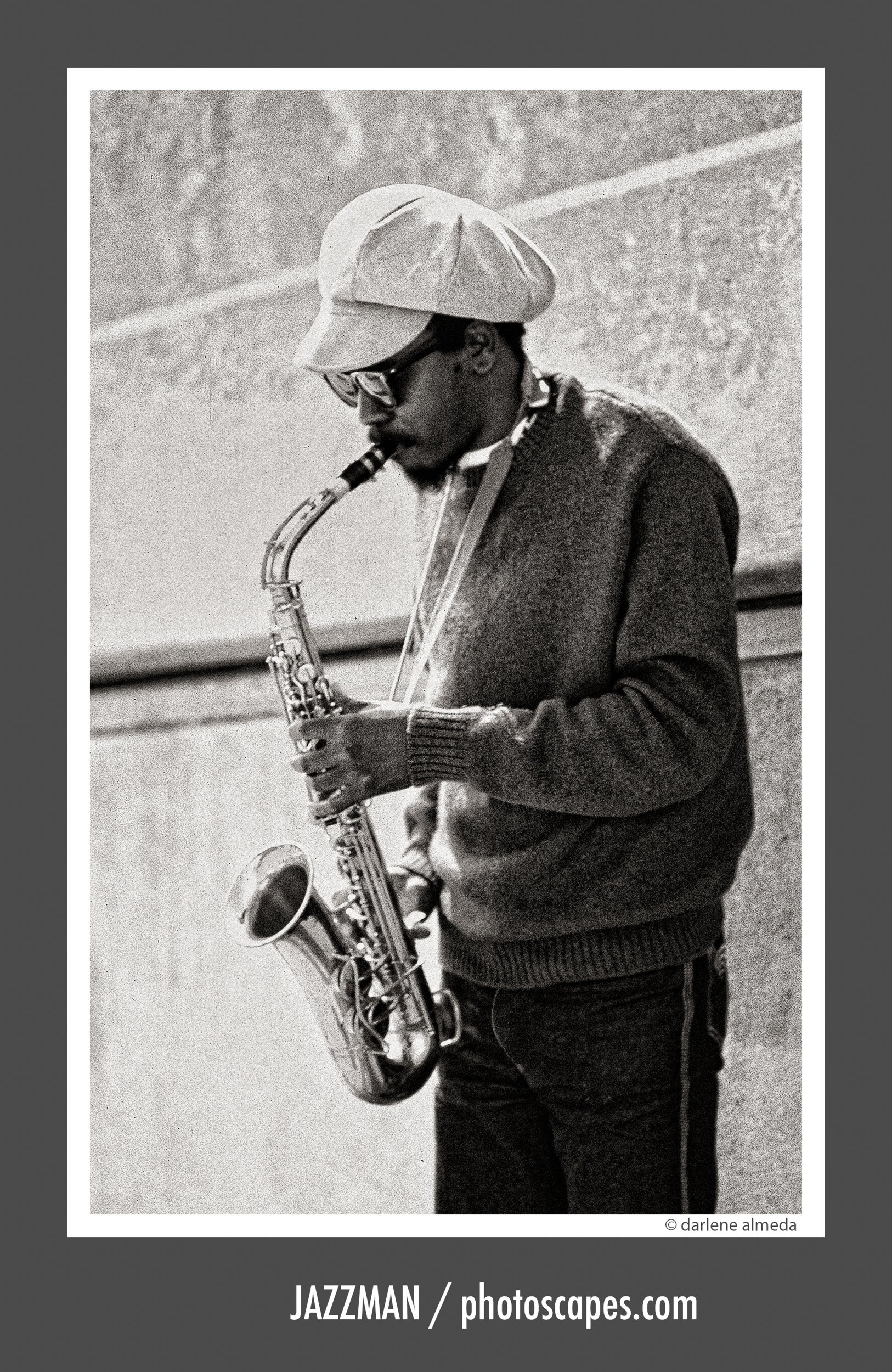CANON T6 + CANON G9 + CANON AE-1
MY CANON CAMERA HISTORY
CANON cameras and related gear I’ve used together:
CAMERAS: AE-1, G9, T4, T5 and T6
CANON LENSES: Canon FD 50/1.4, FD 50/1.8, EF-S 18-55mm f/3.5-5.6
OTHER LENSES: Vivitar Series 1 70-200/4.5-5.6
ACCESSORIES: Really Right Stuff G9 Accessories
STREET SIGN, REYKJAVIK | CANON G9
CANON CAMERA REFLECTIONS
My first SLR camera was the Canon AE-1. When I changed from commercial artist to photographer, I sought gear advice, and the pro photographers I knew recommended the Nikon F3. Aesthetically, the later Canon DSLR bodies did not appeal to me. However, the AE-1 pictured above is my own, and I have always thought Canon SLRs were nice-looking cameras. If I had stayed with them, I would have gotten into an “F” model at some point.
I have always been happy with Nikon film and digital cameras, but the AE-1 holds a special place in my heart, and I acquired another for nostalgia reasons many years later. I learned much about composition and exposure shooting the AE-1 with a Vivitar Series 1 70–200mm zoom lens. To think it was purchased from Sears Roebuck makes me laugh. And that zoom lens came as a holiday gift from a guy I would later marry — but when he handed it to me all wrapped up with a bow, I promptly dropped it! The drop did not harm the lens, as I shot with it for thousands of frames afterward. I have nothing but sweet memories when I reflect on my photographic journey with the AE-1.
Canon cameras have threaded through every stage of my photographic life — from the classroom to my travels, and back to the quiet lessons of the darkroom. Each model carried its own rhythm and purpose: tools that taught, inspired, and adapted as my craft evolved. Whether guiding students through their first manual exposures or capturing fleeting moments on the road, these cameras reminded me that photography is less about the gear itself and more about how we learn to see with it.
CANON REBEL T4, T5, AND T6: CLASSROOM WORKHORSES
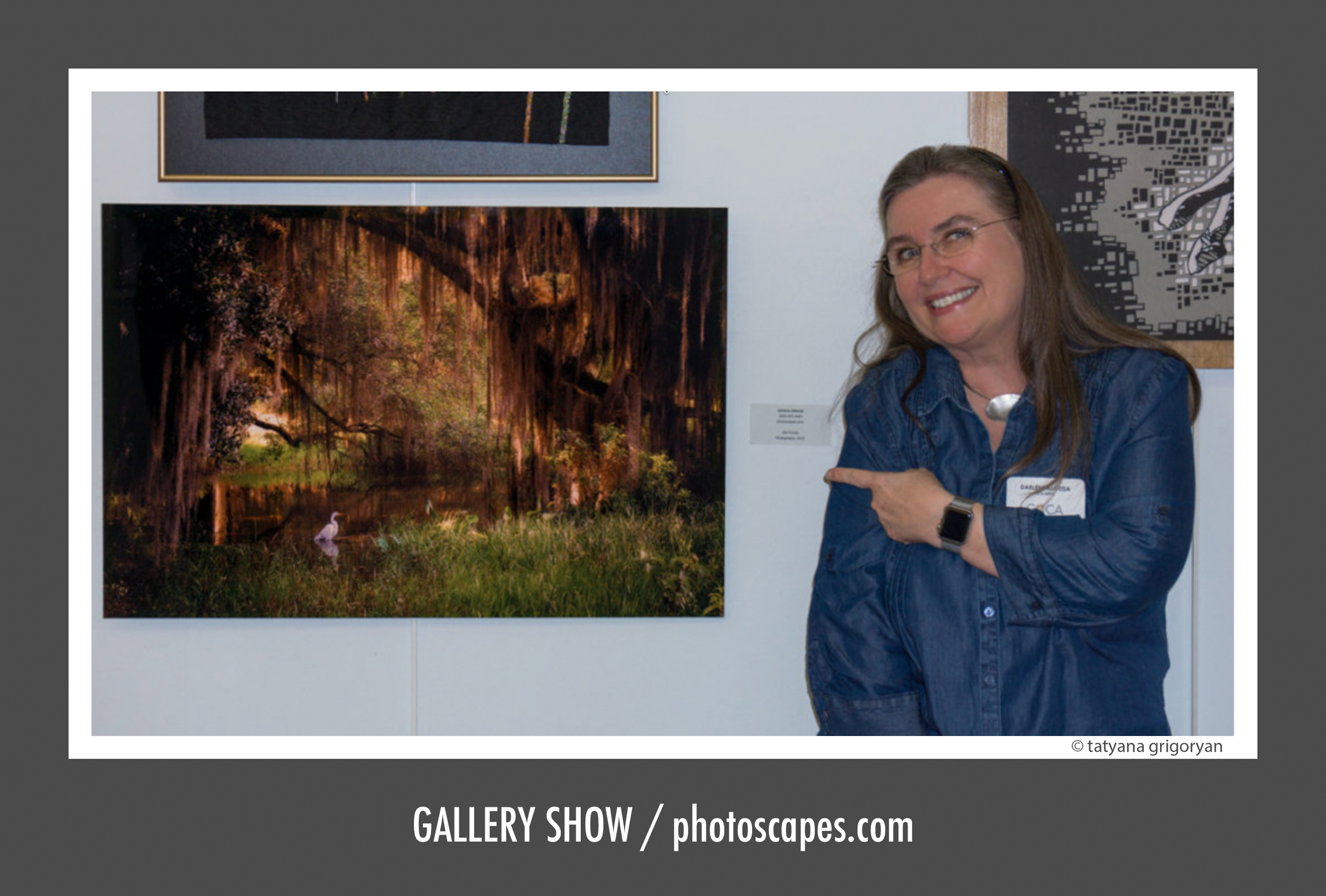
GALLERY SHOW: IMAGE BY TATYANA GRIGORYAN WITH A CANON T-6
During my years teaching commercial photography, the Canon Rebel T4, T5, and T6 were the cameras our school store stocked for students. At first glance, they were considered entry-level DSLRs — affordable, lightweight, and straightforward to use. But in the classroom, I quickly discovered they were far more capable than their modest reputations suggested.
These cameras delivered professional-quality results in the right hands. Their APS-C sensors rendered excellent color and sharpness, and the intuitive controls made them ideal for learning manual exposure, focus, and composition. Students could grow quickly from auto to full manual operation, gaining confidence through consistency and reliability.
For educators, the Rebels were dependable teaching tools — simple enough for beginners, yet flexible enough to demonstrate advanced techniques like off-camera flash, depth-of-field control, and RAW workflow. Many students went on to produce portfolios that rivaled work made with much more expensive gear.
While the T4, T5, and T6 have long since been succeeded by newer models, they remain examples of how good design and solid fundamentals can outlast trends. In the right hands, these small Canons proved a lasting truth: great images come from the photographer, not the price tag on the camera.
CANON POWERSHOT G9: A POCKET-SIZED GEM FROM 2010
ICELAND PANORAMIC MADE WITH CANON G9
Back in 2012, I carried the Canon PowerShot G9 on my trip to Iceland — a compact camera that proved to be far more capable than its size suggested. Among the assortment of gear I had with me, it was this small pocket camera that produced some of my favorite images from the journey.
The G9’s strength was its immediacy. It was always ready, accessible, and easy to use — a true “see something, capture it” camera. Its intuitive controls and solid build gave it the feel of a professional tool in miniature form. The lens delivered remarkable sharpness and tonal depth, even in Iceland’s shifting light, where mist and brilliance coexist within minutes.
What made it special wasn’t technical perfection — it was freedom. The ability to slip it into a jacket pocket and photograph without thinking about lenses or setups meant I could focus entirely on observation and timing. The result was a set of images that felt genuine, spontaneous, and alive — the essence of travel photography.
Even now, more than a decade later, I look back at those G9 photographs with fondness. The little Canon earned its place in my memory not by replacing my larger cameras, but by reminding me that sometimes, the best camera is simply the one you want to carry everywhere.
CANON G9 IMAGE GALLERY
CANON AE-1: THE CAMERA THAT TAUGHT ME PHOTOGRAPHY
still in my gear closet today: CANON AE-1 + FD 50/1.4
The Canon AE-1 was my first real camera after the Polaroids and 110 film cameras of my youth. It marked the beginning of a lifelong relationship with photography — a tool that taught me not only exposure and composition, but patience and observation.
Armed with my AE-1 and a 50/1.8 and 70–210mm zoom lens, I learned how to see through a lens. The zoom lens in particular became my visual classroom, helping me understand how perspective changes with focal length and how distance shapes composition. The AE-1’s simple match-needle metering system was my teacher — I spent countless hours trying to keep that needle centered, training my eye to read light long before I fully understood the physics behind it.
The camera itself was beautifully made — solid, reliable, and intuitive. Even today, its mechanical click feels honest and direct. The AE-1 wasn’t just my introduction to photography; it was the foundation of everything that came after. Through it, I learned to trust the process of experimentation, the balance of light, and the joy of making images that felt truly my own.
The Canon AE-1 remains one of the most approachable and dependable 35mm SLRs ever made. Its shutter-priority automation, bright viewfinder, and familiar Canon ergonomics make it a natural fit for both beginners and seasoned film photographers who simply want a camera that gets out of the way. The AE-1 feels solid in the hands without being heavy, and its controls are intuitive enough that muscle memory sets in quickly. Metering is reliable, the shutter has that classic ‘70s Canon sound, and the camera’s overall simplicity makes shooting film feel refreshingly direct. Decades later, it still delivers exactly what it promises: consistent performance, clean negatives, and the pure pleasure of working with a straightforward mechanical SLR.

